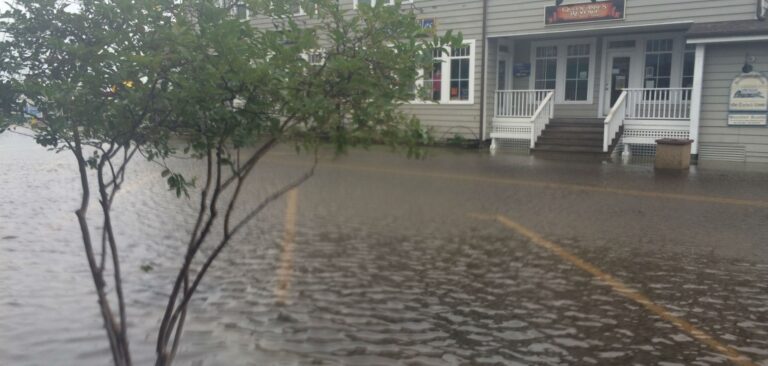NOAA is awarding US$4.4m-worth of grants for research into reducing the impact of water-related hazards in coastal areas.
The funding, which will include US$1.5m in fiscal year 2019, will benefit the research efforts of more than 30 academic, government and non-governmental organizations looking at how natural, man-made and restored coastal habitats could mitigate the effects of rising sea levels, flooding and storms.
“As the benefits of natural features are increasingly understood, communities can better evaluate risk reduction solutions for protection beyond traditional hardened shorelines,” said David Kidwell, competitive research program director at NOAA’s National Centres for Coastal Ocean Science.
The funding will go toward supporting six new research projects in Florida, the Chesapeake Bay region and North Carolina on the eastern seaboard, and in California and the Pacific Northwest on the US west coast.
The Chesapeake Bay project, for example, will receive around US$740,000 over the next three years to study how marshes, aquatic vegetation, and other natural features reduce wave energy and flood risks in the region, which has one of the highest rates of sea level rise in the USA due to a combination of rising waters and sinking lands.
Over the same period, the North Carolina project, which will include the involvement of the US army, will receive about US$690,000 for a study comparing the effectiveness of natural and man-made sand dunes as a defense against ocean flooding.



